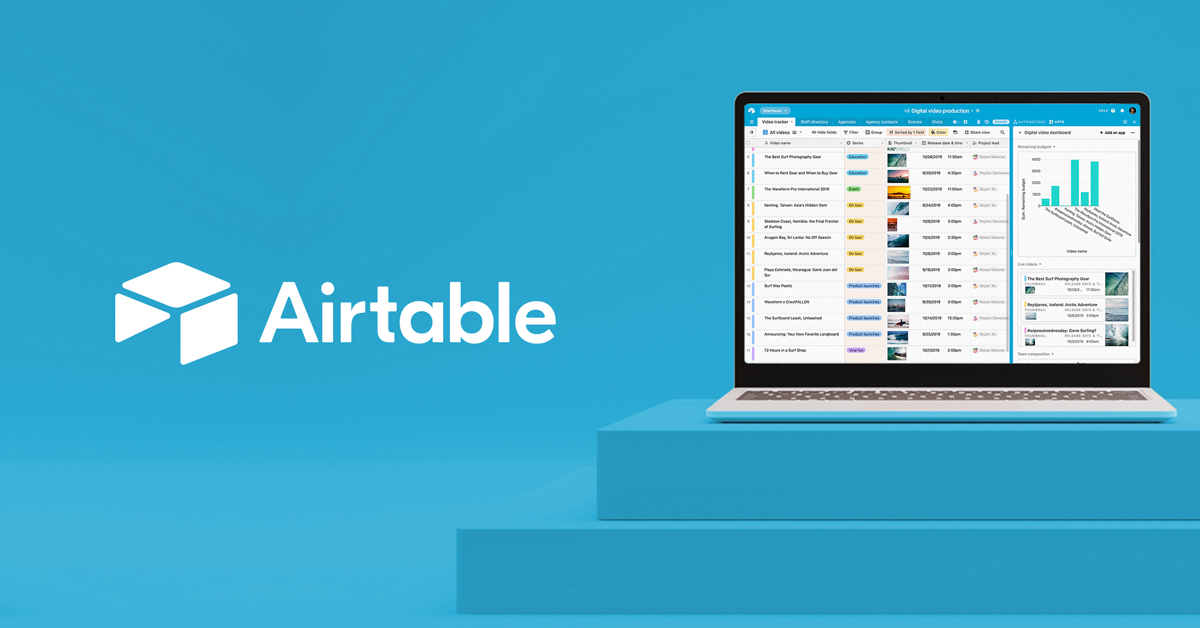

There are many other things you can do to customize your chart, but for now, let's just admire what we have.Ĭongratulations! You've successfully set up your first extension. We can now visually compare how many units each of the artist in our roster have sold over time. Since we want to know about the album units sold, we need to pick Field instead of Count, then select Certified units/Sales (k) as the Y-axis.

In this case, this means that the chart is currently plotting the number of albums each artist has released. By default, the Y-axis is configured to show the count of records associated with each value on the X-axis. Once you've set up the X-axis, you'll need to set up the Y-axis. Since we want to visualize how many albums each artist has sold, we'll pick Artist as the X-axis. Once you've picked a chart, you'll need to pick a field for your chart's X-axis. Let's stick with the bar chart option for now.

Next, you can pick which chart type you want to visualize. In this example, we'll pick “Released albums,” a view filtered to show only albums which have a release date earlier than today. From the Table dropdown, pick the Albums table then pick a view that contains the album records you want to visualize. The first thing we want to do is make sure that the records being visualized are the records for our albums. You'll be immediately brought to the customization settings for your new extension. Scroll through until you find the chart extension, then click the Add to base button. Click the big blue Add an extension button to open up the extensions library, which will show all of the available extensions you can add to your base. In the top right of your base, you'll notice a button that says "Apps." Go ahead and click here to open up the extensions side panel. (If you haven't been following along with the guide, then you can copy the embedded base above to get caught up.) Let's return, once again, to Pacific Records, to make a chart showing our artists' total album sales. You need creator permissions to add extensions to a base, and every collaborator on a base sees the same extensions. Since all the extensions are so different from one another, the best way to learn about how extensions work is to just go ahead and add one to a base. Airtable then shows this API key to the other service so that the other service knows who's making the requests (you!). In order to do this, Airtable needs your unique API key with that service. Airtable can use other services' and extensions' APIs to request information from them to enrich your own base. Depending on what service the extensions uses and how much you're using it, this can cost you money.Īn API, which stands for “application programming interface,” is a defined way to request information from a computer system. Some extensions that integrate with other services require that you have an API key from that service. keep your team on task with productivity tools like a time tracker, countdown, or group video chat.enrich your base with external content by embedding it in an iframe.import information from different sources and turn it into new records, using the CSV import, contact import, or XML import extensions.

visualize and format your records by viewing them in the pivot table, custom page layout, or 3D space extensions.These extensions live on top of your base and can help you do many different things.
#AIRTABLE BLOCKS PRO#


 0 kommentar(er)
0 kommentar(er)
